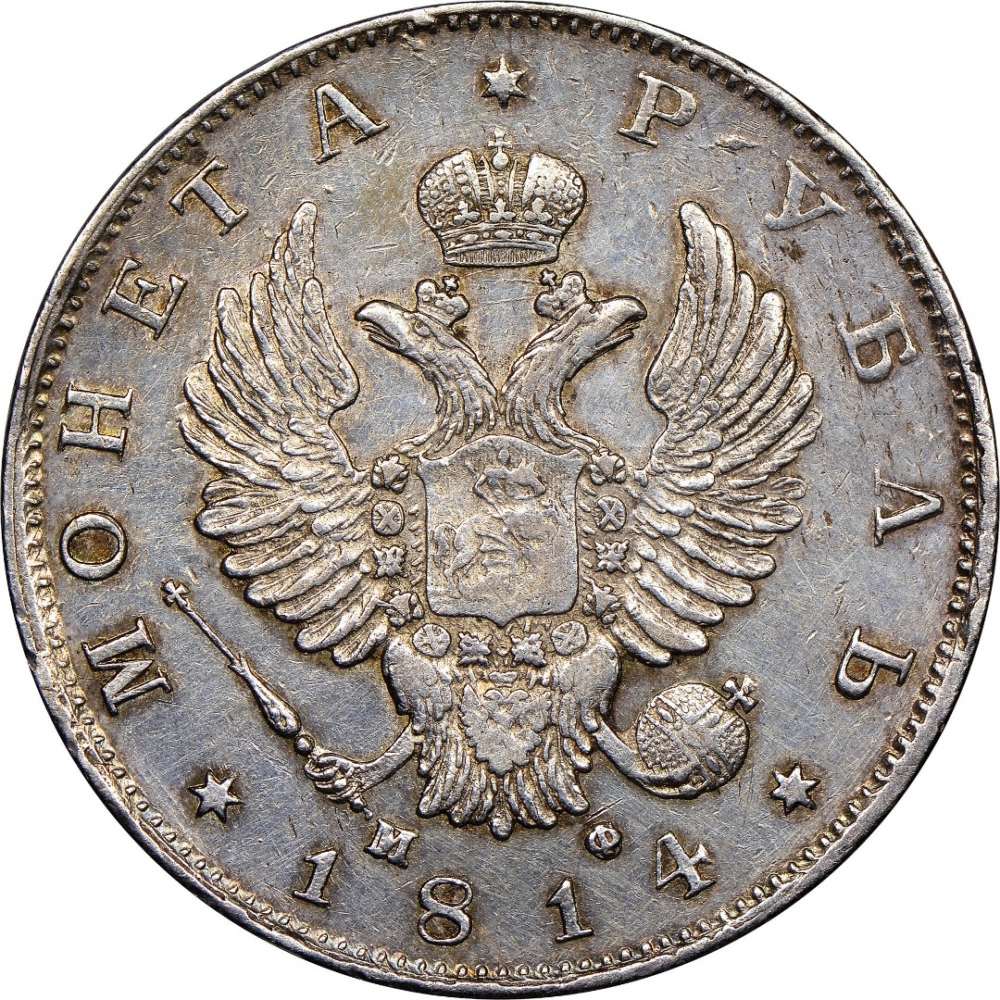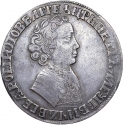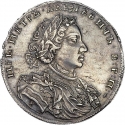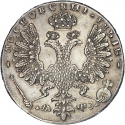You are about to finish your registration. Please check your mailbox (including spam folder). There should be a letter with a confirmation link. Check setting to make sure that your e-mail address is correct.
Send letter againDescription
This coin has been almost unchanged during the reigns of the following Russian Emperors:
Alexander I (1777–1825) reigned as Emperor of Russia from 23 March 1801 to 1 December 1825. Alexander was the first Russian King of partitioned Poland, reigning from 1815 to 1825, as well as the first Russian Grand Duke of Finland. He ruled Russia during the chaotic period of the Napoleonic Wars. In foreign policy, he changed Russia's position relative to France four times between 1804 and 1812 among neutrality, opposition, and alliance. As part of the winning coalition against Napoleon he gained some spoils in Finland and Poland. He formed the Holy Alliance to suppress revolutionary movements in Europe that he saw as immoral threats to legitimate Christian monarchs. Alexander died of typhus in December 1825 while on a trip to southern Russia. He left no heirs, as his two daughters died in childhood. Both of his brothers wanted the other to become emperor. After a period of great confusion that included the failed Decembrist revolt of liberal army officers, he was succeeded by his younger brother, Nicholas I.
Nicholas I (1796–1855) was the Emperor of Russia from 1825 until 1855. He was also the King of Poland and Grand Duke of Finland. He is best known as a political conservative whose reign was marked by geographical expansion, repression of dissent, economic stagnation, poor administrative policies, a corrupt bureaucracy, and frequent wars that culminated in Russia's disastrous defeat in the Crimean War of 1853-56. His reign had an ideology called "Official Nationality" that was proclaimed officially in 1833. It was a reactionary policy based on orthodoxy in religion, autocracy in government, and Russian nationalism.
Obverse

|
Depicts the lesser coat of arms of the Russian Empire, denomination (Coin Rouble) above, mintmaster's initials and the issue date below the eagle. * МОНЕТА * РУБЛЬ * |
|---|---|
Reverse

|
Depicts the fine weight "Pure Silver / 4 zolotniks / 21 parts" in the center, within a wreath of laurel (victory) and oak (strength), Russian imperial crown above, mint mark (С.П.Б. — Saint Petersburg Mint) below. ЧИСТАГО |
| Edge |
Silver • Fineness 83 1/3 4 zolotniks • 82 14/25 parts СЕР•83 1/3 ПРОБЫ 4 ЗОЛ•82 14/25 ДОЛИ • |







